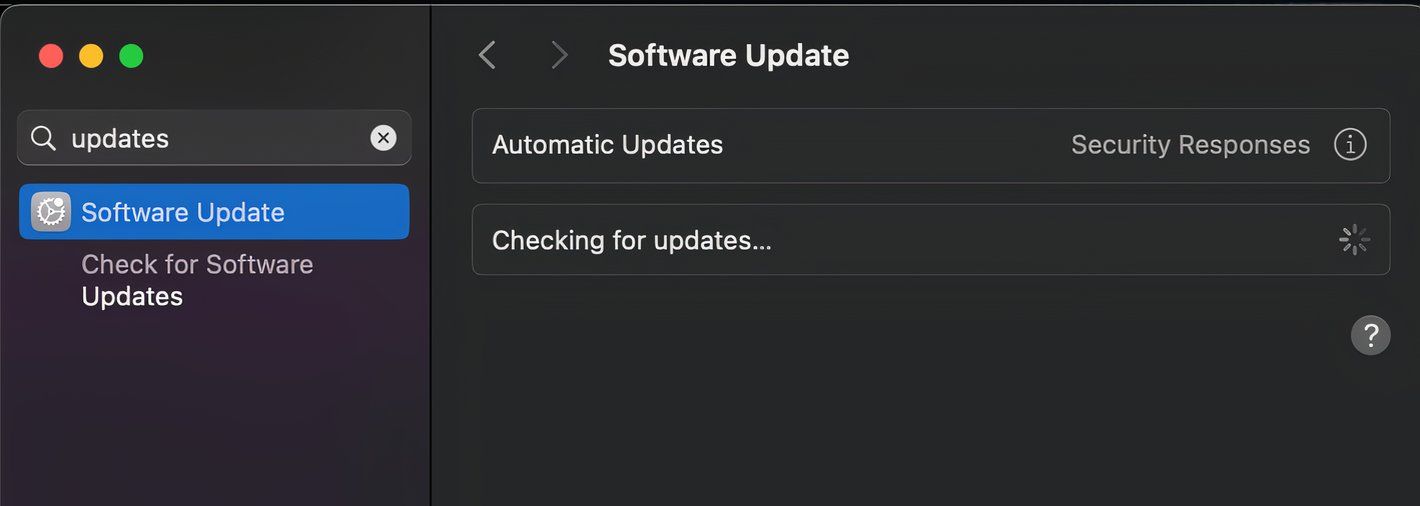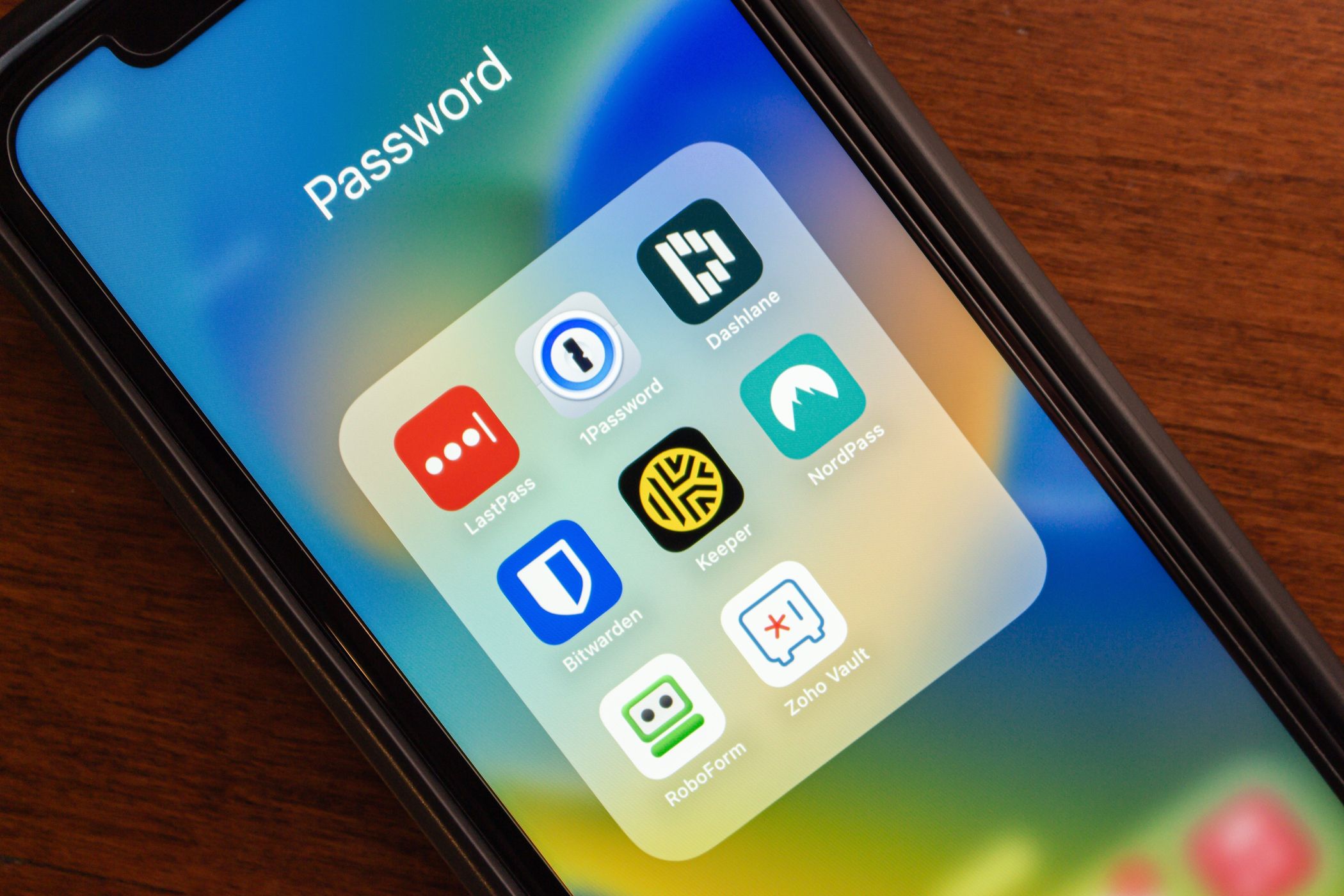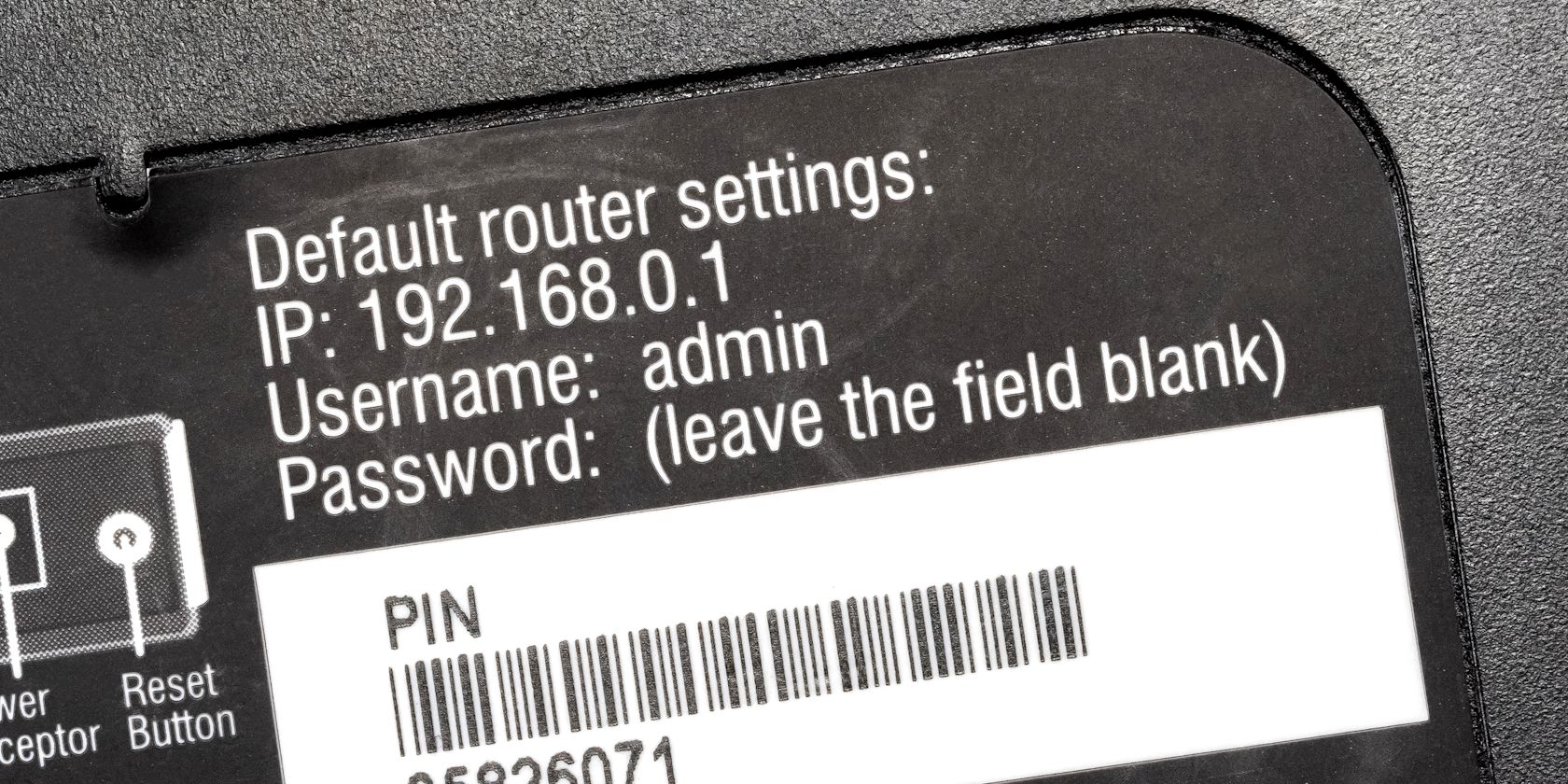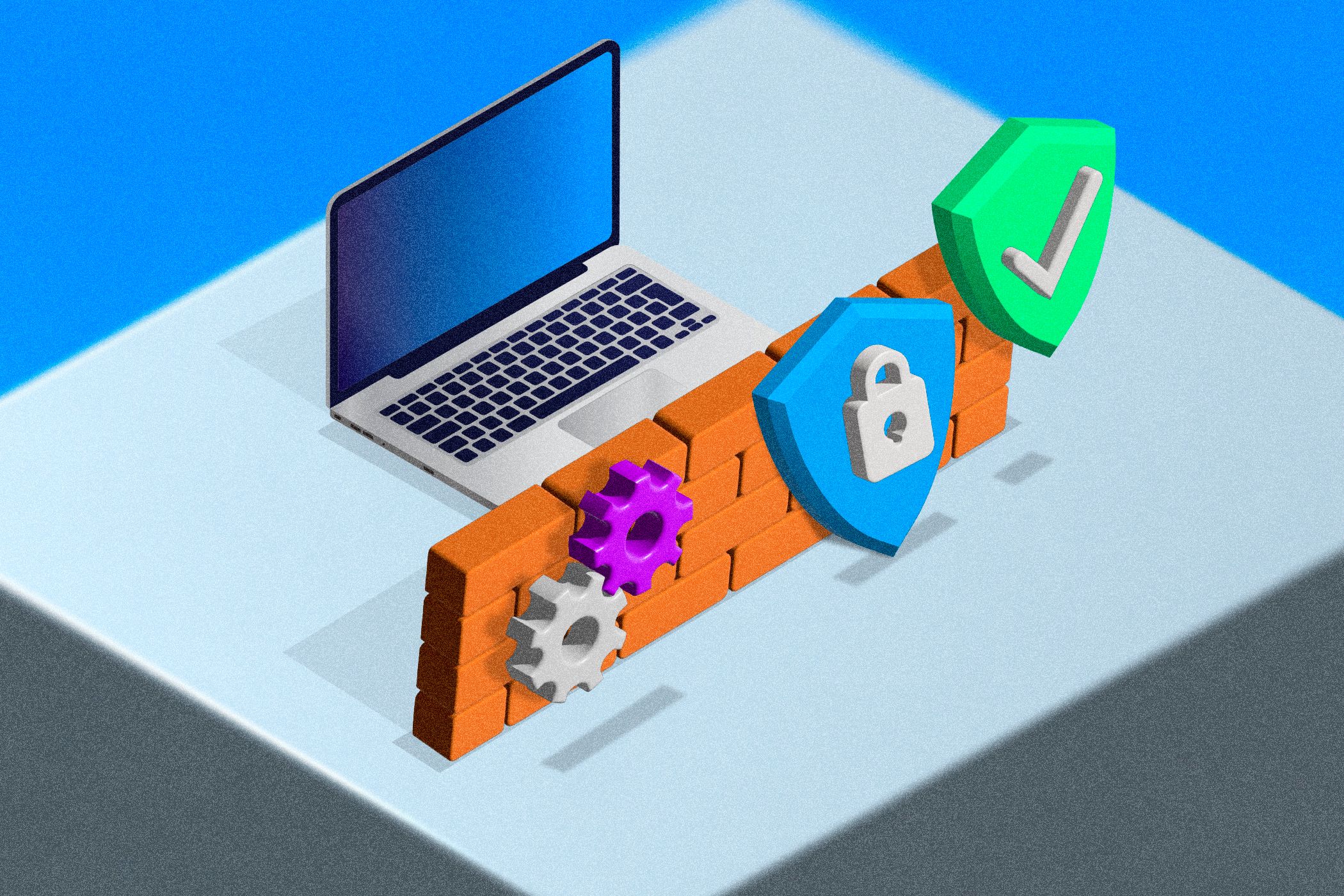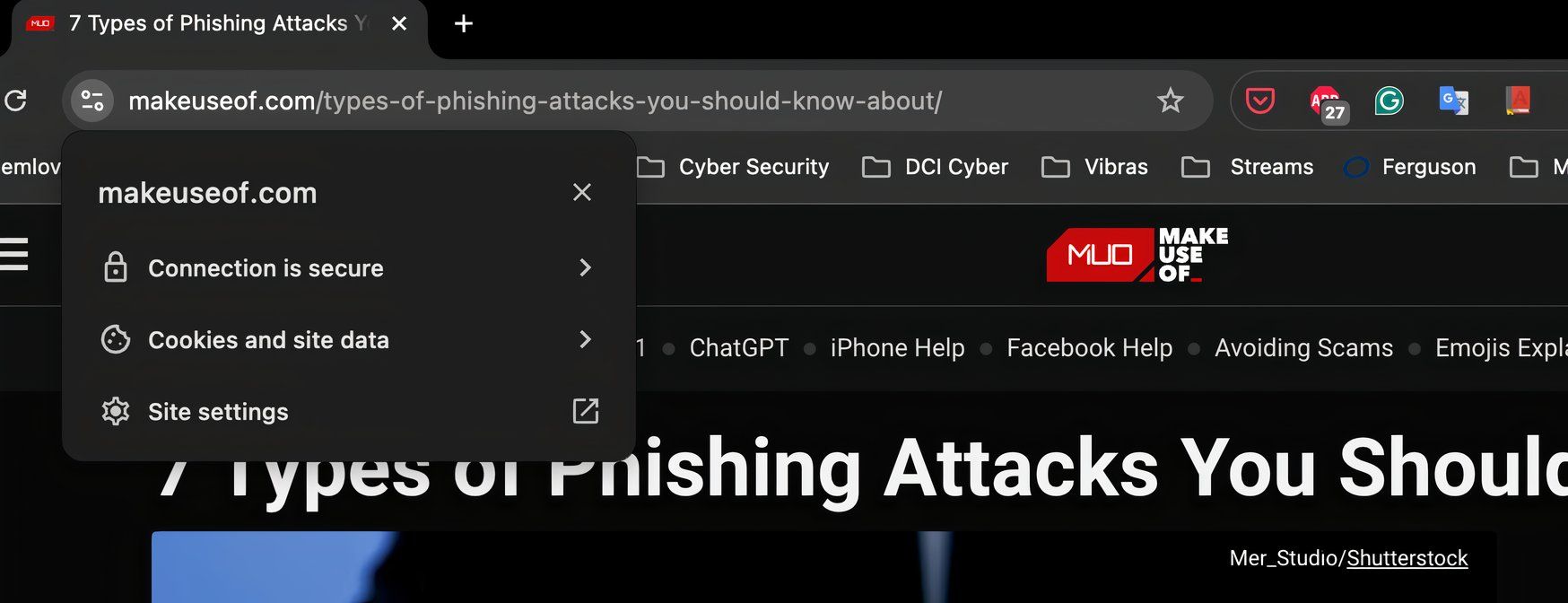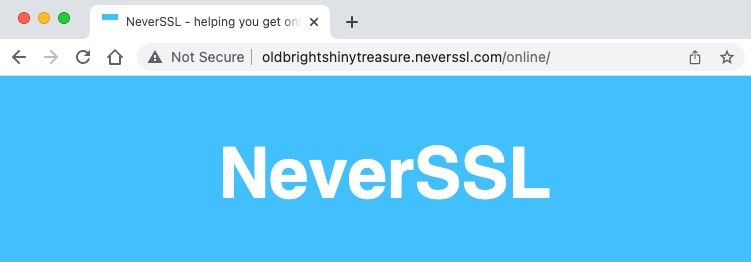The National Security Agency (NSA) knows a thing or two about keeping data safe. While its primary focus is on protecting federal and critical infrastructure, the NSA sometimes gives regular folks like you and me tips on securing our home networks.
1 Update Your Operating System
According to the NSA [PDF], the most important thing you can do to protect your home network—and the easiest—is update your operating system. Dan Mayer believes there are 15-50 bugs exist in every 1,000 lines of code. This means that savvy hackers have many opportunities to exploit these errors. Luckily, operating systems are constantly updated with security patches to address these bugs as soon as they’re found. Microsoft, for example, spits out security patches every second Tuesday of the month.
To prevent the exploitation of these security flaws, you should update your operating systems as soon as a patch becomes available. We recommend enabling the automatic update function to do so.
2 Learn to Avoid Phishing Attacks
Phishing attacks are everywhere, and their sophistication has improved dramatically, thanks to AI tools. Phishing emails and fraudulent texts used to be easy to identify, as both were once riddled with errors, but that’s not the case anymore.
Nowadays, we’re constantly being bombarded with scam messages that look and sound legitimate. Here are some tips you can use to identify and avoid these scams:
- Verify the email address or phone number
- Check for errors
- Update your operating system
- Never click on links until you’re certain they’re legitimate
If you’re ever in doubt, contact the official email address or phone number of the company allegedly sending the message.
3 Use a Password Manager
Security Magazine suggests that 78% of users use the same login credentials for multiple accounts. This means that should your information ever be leaked—which is inevitable—malicious actors will be able to access more than just one of your accounts.
We tend to reuse passwords because remembering every one of the dozens of passwords we use is nearly impossible. That is unless you’re using a password manager. Password managers are digital vaults that safeguard your passwords. These programs can safely remember and auto-fill credentials and quickly create long and complex passwords that are unlikely to be guessed.
4 Change Default Router Credentials
The majority of router passwords have never been changed. After setting up a router, most of us congratulate ourselves for setting up our home network but promptly forget to change the default SSID, username, or password.
The issue is that these default credentials are easy to find online. With a quick Google search, cybercriminals can discover router information and potentially control your local network. After setting up your router, the first thing you should do is change your SSID, username, and password.
5 Optimize Firewall
A firewall scans the traffic coming into and out of your network to ensure it is safe. When setting up your router, make sure you have enabled its firewall capabilities. Don’t feel the need to create your own firewall rules or customize them. The most important thing is that your firewall is enabled and its software is updated. Doing so will prevent most known malicious actors from accessing your network.
6 Only Visit Encrypted Websites
There are two types of websites: those that are encrypted and those that aren’t. Encrypted websites like MakeUseOf.com are secure in that any information you send to the website will be scrambled and thus unreadable if it’s intercepted. You know a website is encrypted if you see https in the URL or if you see the lock graphic like in the image above.
Unencrypted websites send information in plain text. This means if you send sensitive information and it’s intercepted, it will not have to be unscrambled and decrypted. While you can visit these websites, I strongly advise you never to send them sensitive information. You’ll know it’s insecure because you may see the words, Not Secure next to the URL. You may also see that the URL has HTTP rather than the encrypted version, HTTPS. Lastly, if you try to visit insecure websites, you may be confronted with a warning advising you not to use the website.
7 Cover Computer Cameras
If you lock your doors and close the window curtains, why would you not do the same with your computer camera? Covering your computer camera is digital hygiene 101. Why each of the previous steps can be taken to prevent your computer from being hacked, should the worst occur and your camera be compromised you can easily prevent bad actors from spying on you by simply covering your camera with tape or webcam cover.


